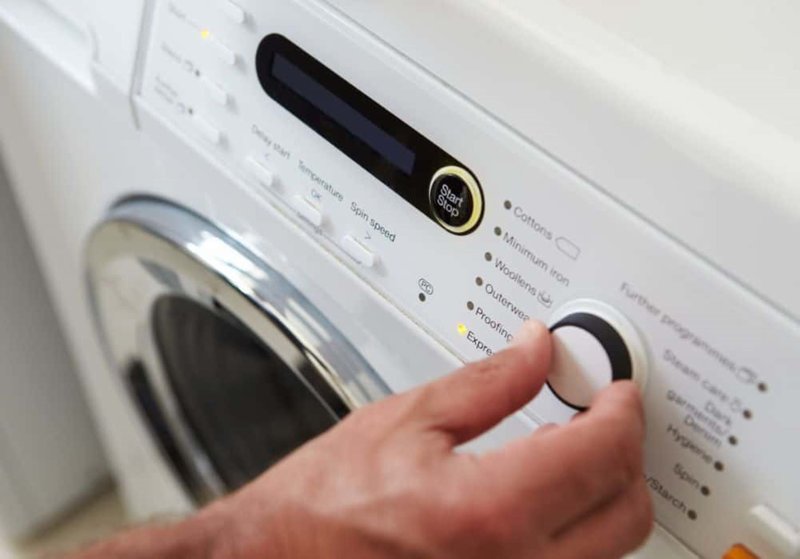
In layman’s terms, the E2 error code typically indicates a problem with your dryer’s thermistor, which is a tiny sensor that helps regulate and monitor the temperature within your machine. Think of it like your dryer’s own version of a thermometer. If this sensor isn’t functioning properly, your dryer can’t accurately control its temperature, much like trying to cook a meal without a working stove temperature knob. Getting a handle on what this error means and when to call in professional help can make all the difference in keeping your dryer—and your laundry schedule—running smoothly.
Understanding the Role of the Thermistor
To get to the bottom of this E2 error code, it’s helpful to first understand what a thermistor does in your Whirlpool dryer. Essentially, a thermistor is a specific type of resistor whose resistance varies significantly with temperature. This little component is crucial because it helps your dryer maintain the right heat levels during a drying cycle. Imagine hosting a BBQ where the grill’s heat is unpredictable; your burgers either char or stay raw because you can’t control the temperature. A thermistor keeps such temperature fluctuations in check within your dryer.
When the thermistor in your dryer starts malfunctioning, the machine may not be able to heat up properly. This could either make your clothes take forever to dry or, on the flip side, risk overheating. The latter could potentially become a fire hazard if not addressed. So, when you see the E2 code, think of it as your dryer waving a little flag at you, trying to get your attention before things head south.
But why would the thermistor fail? Sometimes, it’s just normal wear and tear that affects electronic components over time. Other times, it might be due to lint buildup or exposure to excessive humidity and heat, which can all compromise the sensor’s ability to do its job. Recognizing these possibilities helps you decide when it might be time to call a pro.
When to DIY and When to Call a Technician
You might be wondering, “Is there anything I can try myself before making that service call?” Here’s the thing: while some homeowners are quite handy with a screwdriver and multimeter, tackling internal dryer issues might not be for everyone. For the average person, opening up the dryer to fiddle with its internal parts can feel as daunting as performing open-heart surgery.
However, there are simple steps you can take before calling a technician. Firstly, unplug the dryer and check for obvious issues like blockages around the exterior air vents or lint traps. Sometimes, just clearing away lint can help prevent or solve the problem. Additionally, ensure that the dryer is not placed in an overly humid environment, as excess moisture can lead to issues with electronics.
If none of these do the trick and that E2 code persists, it’s wise to call a technician. Attempting complex repairs without the proper know-how or tools can end up causing more harm than good. A professional will not only have the right expertise but also the necessary diagnostic equipment to pinpoint the issue efficiently.
Preventative Measures to Avoid Future E2 Errors
So, how can you keep that pesky E2 error at bay? Regular maintenance is key! Just like servicing your car helps it run smoother for longer, the same principle applies to your dryer. Make it a habit to clean the lint trap after each cycle. This simple act can prevent lint from creeping into places it shouldn’t and affecting the thermistor or other components.
Furthermore, consider having a professional check your dryer annually. They can inspect and clean the internal parts, verify the integrity of the electronic sensors, and provide recommendations if anything looks worn out or problematic. You wouldn’t ignore a check-up for your health, and neither should your dryer!
Finally, try to position your dryer in a well-ventilated space. Avoid areas with too much humidity as that can contribute to sensor failures over time. Making these small changes can extend the life of your dryer and help it perform more efficiently.
In summary, while the E2 error code might seem alarming at first, it’s often a manageable issue with the right approach. By understanding the role of the thermistor, knowing when to tackle minor fixes on your own, and recognizing when to call in the reinforcements, you’re well-equipped to handle this dryer dilemma. With regular maintenance and care, you can ensure your trusty appliance remains a reliable companion in your laundry room adventures.